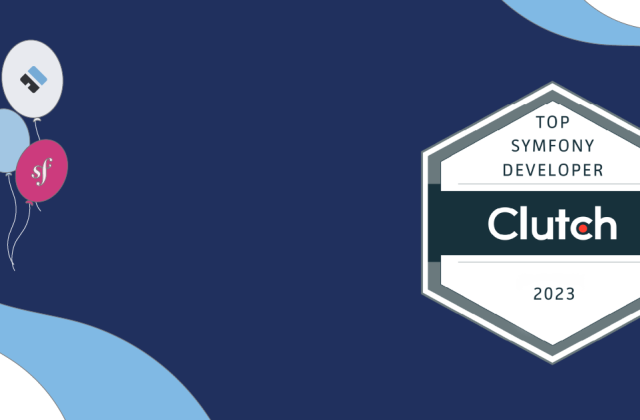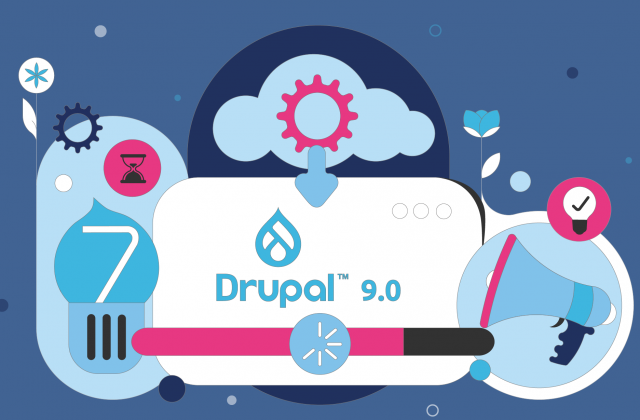It’s not exactly a secret that the current economic climate is ‘harsh/unforgiving/bleak’ (delete as appropriate) and that much of the brunt is being felt by those who previously relied on government spending for their income (i.e. the public sector). This includes everything that falls under ‘the arts’ and which used to receive much of its funding from the Department for Culture, Media, & Sport – but is increasingly being forced to look elsewhere or face downsizing and closures.
Last year for example, a city-centre arts near discovered that its annual 350,000 GBP government grant (distributed through the Arts Council) would be cut, leading to subsequent closure. Rather than being an isolated case, this represented only 1 of 206 separate funding cuts made by ACE last year in response to government spending cuts. So, money shortage is an even more acute problem for the arts than was previously the case – and it was hardly abundant before.
However, a few recent events involving cash-strapped musicians have given me a mild cause for optimism amongst all these gloomy forebodings of cultural desolation.
Last month a Pennsylvania punk band were playing a gig here in Manchester when their van was broken into outside the venue and emptied of its valuables. Distraught, the band set up a fundraiser through Paypal for fans and friends who wished to help get them back on their feet – which turned out to be an overwhelming success, giving a potentially disastrous situation (punk bands are cash-strapped at the best of times) an uplifting resolution.
In fact, once I start thinking about other crowdfunding examples related to punk music – where many bands don’t typically enjoy massive major label backing and instead operate with pretty meagre financial margins – it seems that crowdfunding increasingly presents a viable new strategy for finding financial support for various capital intensive ventures (London reggae band, The Skints, for example recorded their second album with financial backing secured from fans via online crowdfunding efforts).
So, increasingly it seems that crowdfunding can function for various purposes in assisting cash-strapped cultural practitioners (in the examples above this means punk bands) to operate – whether by providing a form of insurance in the case of misfortune or simply by providing the capital required to record and release albums at a time when the money available to traditional funders of these activities (in this case, independent labels) is very scarce.
The nice thing about crowdfunding is that, if successful, it cuts out the funding middleman – so to speak. Artists engage directly with those who value them and ultimately it brings fans and bands closer together – which is rewarding for all involved. The problem however is that there is probably a limit to how much can be raised in such a manner thus rendering the option more suitable for those requiring thousands, rather than tens or hundreds of thousands of pounds (it is doubtable that my local theatre could raise enough to re-open solely via such online crowdfunding methods).
However, it does bode well for the arts sector as a whole in that rather than only having the private sector to turn to when public funding collapses or is removed – there is also increasingly this third option made possible by modern social media and internet technologies.
In this context it should be no surprise that sites like Kickstarter and Pledgemusic have been massively successful and represent a significant shift in the ways that the arts and cultural sector is responding to the funding challenges posed by public spending cuts. Consequently, the relationship between artists and their fans is almost turning into something akin to the patronage models which we tend to associate with pre-20th century cultural funding (i.e. rich Victorians paid poets and painters to do commissioned work – which also subsidised all their other artistic activities).
The only difference this time around is that rather than arts-funding being the preserve of the super wealthy, rising standards of living for middle and working classes (i.e. more disposable income) combined with the technology of social media mean that anyone can now directly assist in supporting the cultural activity that they value.
Crowdfunding is sadly not likely to magically reverse the consequences of all the government’s public spending cuts in the arts (or indeed in other sectors such as international aid, where crowdfunding sites like Kiva operate). It does however represent a significant innovation that is responding to the funding challenges faced by the arts sector which utilises the new-found digital proximity – created by social media – between cultural producers and those who engage and value their work. For those wondering how social media has impacted on something other than chatting and time-wasting at work, this is a great example of its economic relevance in a much-needed sector.


